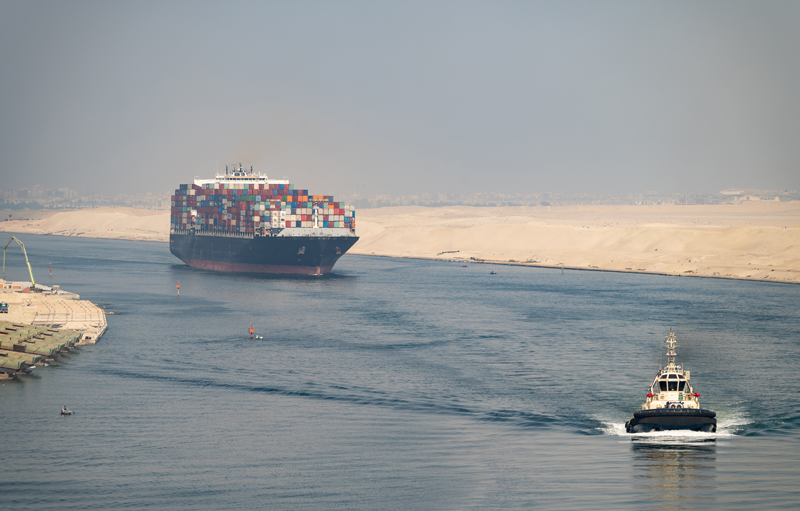When disruptions occur to important sea routes, they can significantly impact trade between countries. This can affect economies, industries, and the supply chain worldwide.
The tension in the Red Sea has increased because of attacks by Houthi militants on commercial ships. This has disrupted the important trade route. As Singapore represents the global logistics hub grappling with repercussions, it illuminates the intricate dynamics of maritime security, geopolitics and economic resilience.
The Red Sea, once a trade route, is now a source of tensions between countries in Europe, Asia, and Africa. The Houthi militants, supported by Iran and hostile to Israel, have increased their attacks on commercial ships. The government has recorded over 40 incidents since November 2023. These bold attacks put civilians at risk, threaten maritime security, and disrupt global trade.
The ramifications of these disruptions reverberate far beyond the working range of the red sea. Singapore, as a linchpin in the global logistics network, feels the tremors actually.
The Red Sea and Suez Canal are crucial for about 12% of global trade. Any disruption in these waterways can cause a ripple effect in international supply chains. The consequences are severe: shipping costs go up, carrying capacity is limited, and transit times increase significantly.
The disturbance in the rountes of the red sea has caused a domino effect, driving up shipping costs worldwide. Attacks on ships in Africa have caused shipping rates to increase by up to 400% on some routes. Traffic is being redirected around the southern part of Africa to avoid these attacks. Rising costs impact both businesses and buyers as higher prices trickle down the supply chain.
Also, when ships have to go around Africa instead of through it, it takes longer and makes logistics more complicated. Many shipping companies avoid the Suez Canal and choose to sail around the Cape of Good Hope for a longer route. This decision, while necessary for safety, causes a delay of 12 to 20 days in the voyage. This disrupts schedules and strains logistics capabilities.
In Singapore, a nation that heavily relied on maritime trade, this disturbance has tangible consequences. The simultaneous
The crisis in the Red Sea and Panama Canal has caused delays, increased costs, and disrupted supply chains. This is because lower water levels caused by a drought. The situation has affected the transportation of goods and led to problems in the supply chain.
Singapore’s logistics sector slowdown reflects the challenges global trade faces from geopolitical instability and environmental hazards. As Singapore navigates these turbulent waters and resilience and adaptability emerge as crucial attributes.
In conclusion, the situation unfolding in the Red Sea underscores the interconnectedness of the global economy and the fragility of maritime trade routes.
Singapore shows how geopolitical tensions and environmental challenges can affect logistics and supply chain. A reminder of their significant impact. By encouraging strength, creativity, and teamwork, people can overcome obstacles and ensure goods flow smoothly and prosperity spreads.

